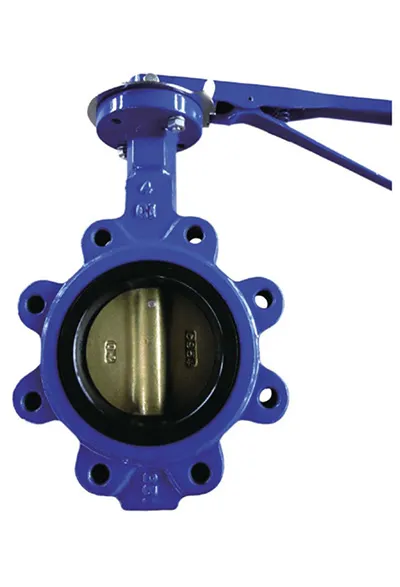8 月 . 29, 2024 00:34 Back to list
Non-Rising Stem Gate Valve - Reliable Flow Control Solution
Understanding Non-Rising Stem Gate Valves
Non-rising stem gate valves are an essential component in many piping systems across a wide range of industries. They are designed to control the flow of liquids and gases in pipelines, ensuring efficiency and reliability. Unlike rising stem gate valves, where the stem moves upward when the valve is opened, non-rising stem gate valves keep the stem in a fixed position, which makes them an excellent choice for applications with limited vertical space.
Design and Functionality
The primary design feature of non-rising stem gate valves is the way the stem operates. When the valve is opened or closed, the movement occurs through a threaded connection that is located within the body of the valve rather than lifting the stem outward. This design allows the valve to be installed in spaces with height restrictions, making it particularly suitable for underground installations or areas where headroom is limited.
The key components of a non-rising stem gate valve include the valve body, gate, stem, and actuator. The gate is the part that physically blocks or allows the flow of fluid. In closed position, the gate fits snugly against the valve seat, creating a tight seal that prevents any leakage. The actuator, which can be manual (handwheel) or automated (electric or pneumatic), provides the necessary force to move the gate up or down within the valve body.
Advantages of Non-Rising Stem Gate Valves
1. Space Efficiency The non-rising design allows these valves to be installed in locations where vertical space is limited. This is particularly beneficial in industrial settings where equipment is often closely packed.
non rising stem gate valve

2. Reduced Wear and Tear With the stem remaining in the same position during operation, there is less exposure to environmental factors. This design minimizes wear on the stem and reduces maintenance needs over time.
3. Cost-Effective Non-rising stem gate valves are often more economical to produce and maintain than their rising counterparts. Their simpler mechanism translates to lower manufacturing costs, leading to savings for end-users.
4. Versatile Applications These valves are suitable for a variety of applications, including water treatment plants, oil and gas industries, and chemical processing. Their ability to handle both high and low pressures makes them versatile in different operational conditions.
Considerations and Use Cases
While non-rising stem gate valves offer numerous advantages, there are certain considerations to keep in mind. For example, their design may not provide a clear visual indication of valve status since the stem does not rise. Additionally, in applications where the valve is frequently cycled, other types of valves may provide more effective operation.
In summary, non-rising stem gate valves are a vital part of many industrial processes, combining simplicity with efficient space utilization. Their design provides a host of advantages, making them ideal for specific applications where vertical space constraints exist and reduced maintenance requirements are favored. As industries continue to evolve, the role of these valves will remain significant, ensuring the reliable control of fluid flow in complex piping systems.
Share
-
Understanding the Differences Between Wafer Type Butterfly Valve and Lugged Butterfly ValveNewsOct.25,2024
-
The Efficiency of Wafer Type Butterfly Valve and Lugged Butterfly ValveNewsOct.25,2024
-
The Ultimate Guide to Industrial Swing Check Valve: Performance, Installation, and MaintenanceNewsOct.25,2024
-
Superior Performance with Industrial Swing Check Valve: The Essential Valve for Any SystemNewsOct.25,2024
-
Industrial Swing Check Valve: The Ideal Solution for Flow ControlNewsOct.25,2024
-
You Need to Know About Industrial Swing Check Valve: Functionality, Scope, and PerformanceNewsOct.25,2024